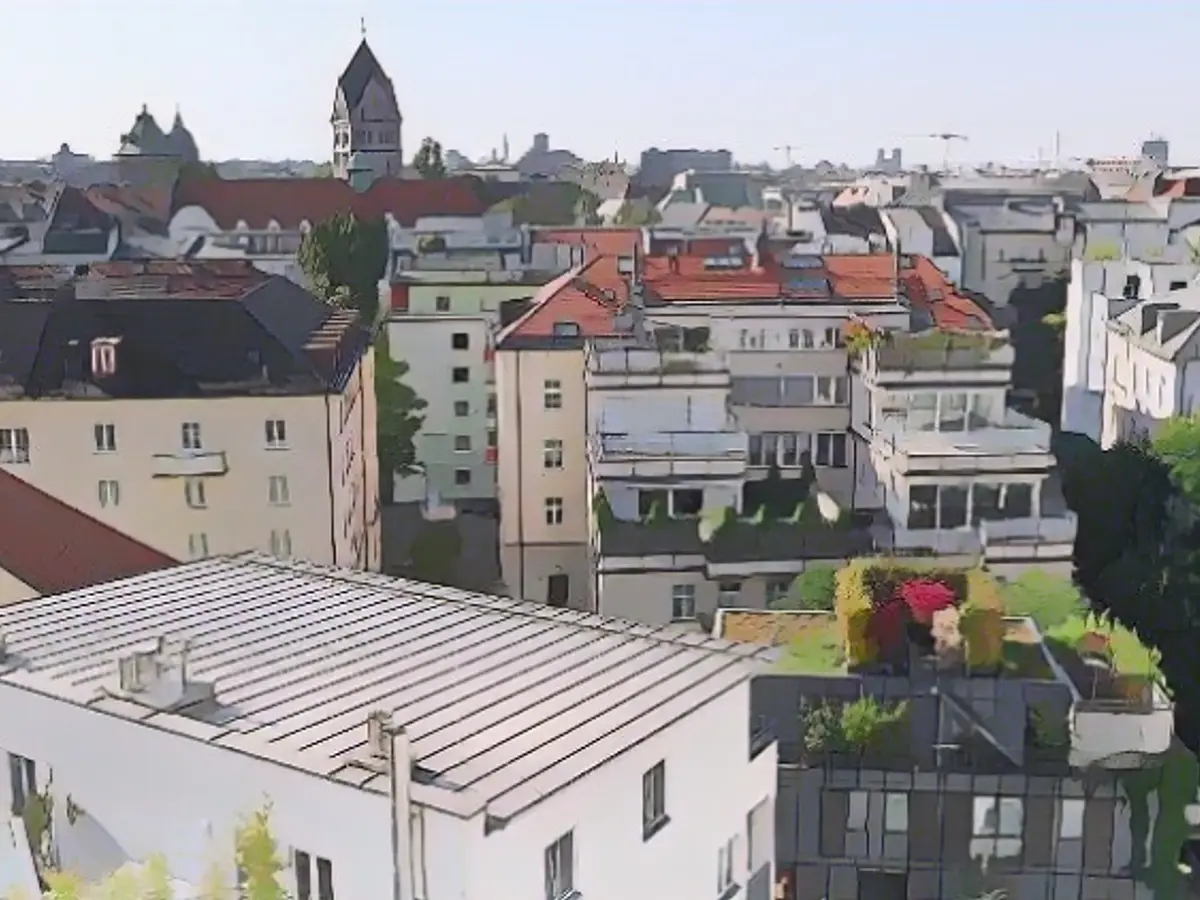Residential vacancy rate drops significantly - with consequences for rents
Due to the high demand for housing in Germany, fewer and fewer apartments are standing empty, even in the wake of the war in Ukraine - with consequences for rents. This is shown by a study published by the consulting institute Empirica and the real estate specialist CBRE.
According to the study, the "market-active vacancy rate" - i.e. apartments that can be rented out immediately or activated in the medium term - was estimated at 2.5 percent or around 554,000 residential units at the end of 2022. This is a decrease of 53,000 on the previous year. Empirica CEO Reiner Braun spoke of the biggest decline in more than 20 years. "The vacancy trend in 2022 was characterized by the influx of around one million people from Ukraine," he said. As the movement of refugees was distributed much more evenly across the country than previous immigration, there was no increase in vacancies in any of the 400 districts for the first time.
The situation is likely to worsen by 2025. It is true that immigration from abroad has calmed down. However, the number of completed apartments will collapse with a time lag due to the rise in interest rates and construction costs. A further shortage and subsequent further rent increases are therefore inevitable.
The lowest and highest vacancy rates:
According to the analysis, the lowest vacancy rates were in Munich (0.1 percent), followed by Frankfurt am Main, Münster and Freiburg (0.2 percent each) and Erlangen (0.3 percent). At the other end of the scale were Pirmasens (8.6 percent) in the west and Frankfurt/Oder (8.4 percent) and Dessau-Roßlau (8.3 percent) in the east.
Empirica takes into account market-active vacancies, not "ruins" or dysfunctional vacancies. The total vacancy rate is higher and, according to the latest figures from the end of 2021, stands at 1.18 million apartments and 0.55 million apartments in owner-occupied homes.
Read also:
- Year of climate records: extreme is the new normal
- Precautionary arrests show Islamist terror threat
- UN vote urges Israel to ceasefire
- SPD rules out budget resolution before the end of the year
The high demand for living space in Germany has led to a significant decrease in the high vacancy rate, as shown by the study. This decline, which is the biggest in over 20 years, is mainly due to the influx of refugees from Ukraine. Consequently, the cities with the lowest vacancy rates, such as Munich and Frankfurt am Main, are now experiencing a high demand, resulting in a potential increase in rent prices.
Source: www.ntv.de








